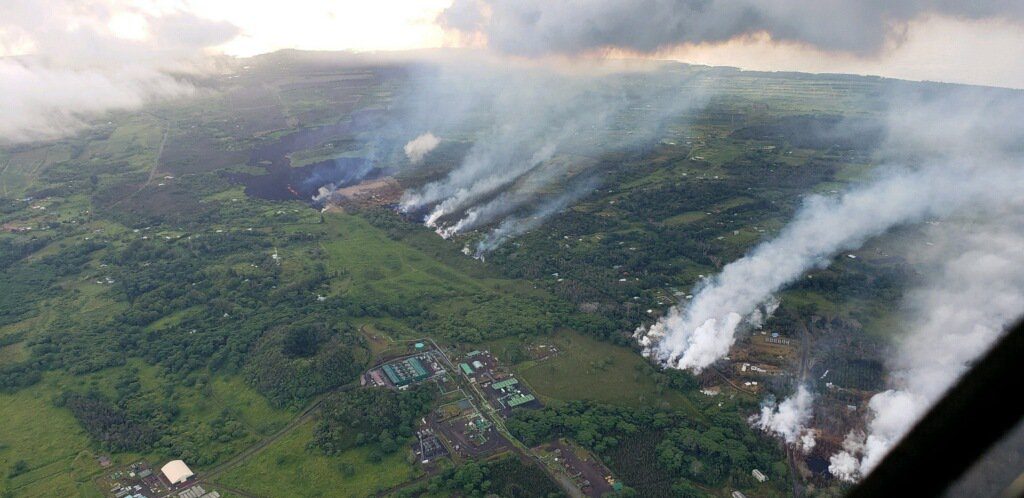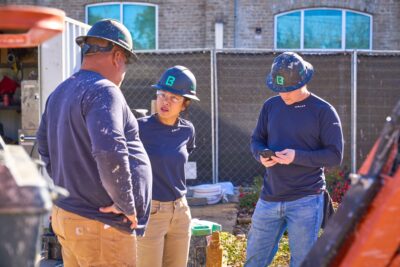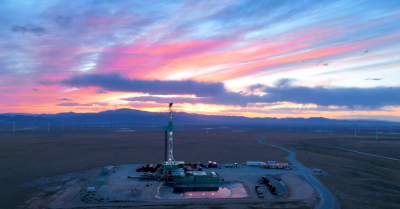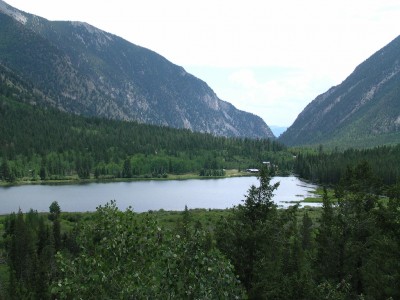Insurance covers damage and parts of revenue loss for Puna geothermal plant, Hawaii
Ormat Technologies announces that insurance will cover parts of damages to the Puna Geothermal Plant and revenue loss incurred due to the lava flows on the site of the plant on the Big Island of Hawaii.
As part of an investor call following the release of its quarterly and half year results, Ormat Technologies, the majority owner of the geothermal power plant on the Big Island of Hawaii, announces that it has endured an initial $3 million revenue loss for the first 30 days of the shut-down but expects further losses will be covered by insurance, as reported in Hawaii..
Ormat Technologies Inc., the Nevada-based firm heading Puna Geothermal Venture, also said it has already received $7.2 million in insurance proceeds for a drilling rig destroyed by lava.
The lava flows have covered half of the six production wells for the plant, with further damage to a substation and a drilling rig.
The company announced that its insurance for the plant covers lost profit and property damage up to $100 million but excludes the first 30 days of lost revenue. The Puna geothermal plant accounted for around $11 million for the company’s net income in 2017.
Puna Geothermal Venture is owned to 63% by Ormat Technologies and 37% by an affiliate of Canadian-based investment firm Northleaf Capital Partners.
Before the incidents following the lava flows, Ormat had planned to expand production capacity of the plant from the installed 38 MW to 46 MW, which was to start operation in late 2019/ early 2020.
It is unclear how and if Ormat will be able to restore and restart the geothermal power plant of Puna, which up to the shut down provided around 30% of the electricity for the Big Island. We previously reported that if lava flows stop and things have calmed down, it would take at least 18 months to get things operational again if everything goes well.
Source: The Star Advertiser


















